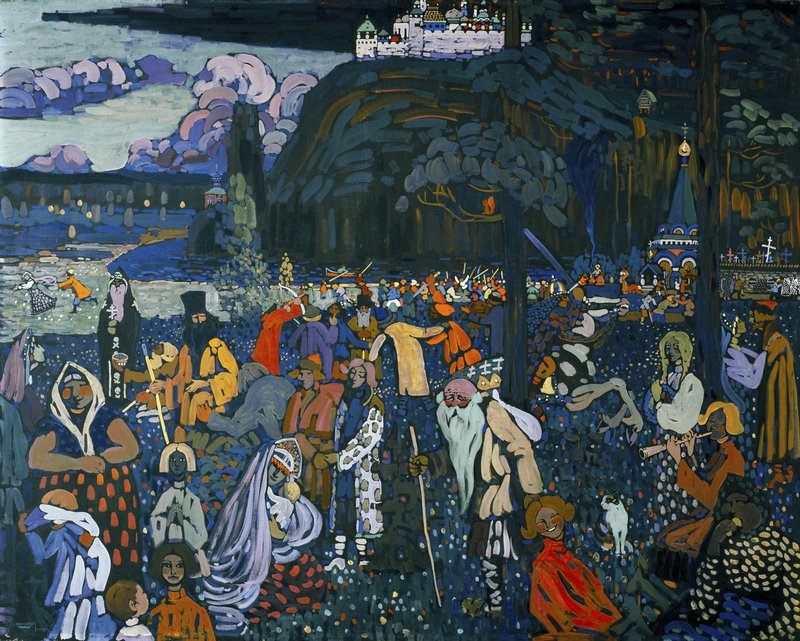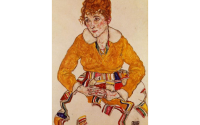V&A Beats Out Met Museum to Acquire $2.6 M. Ivory Sculpture of Christ
The Victoria & Albert Museum, also known as the V&A, recently raised the $2.6 million (£2 million) needed to acquire and save a 12th-century walrus ivory carving after a temporary export ban last November.
A press release from the museum called Deposition of Christ from the Cross “one of the finest and most important examples of English Romanesque ivory carvings to survive.”
The walrus tusk ivory sculpture depicts Jesus Christ’s body being lifted from the cross by Joseph of Arimathea. It is dated to approximately 1190–1200, and was likely to have been made in the Northern English city of York. It was also believed to be part of a much larger artwork depicting seven scenes from the final days of Jesus Christ.
The Metropolitan Museum of Art in New York had initially purchased the sculpture through a private Sotheby’s sale, subject to its ability to be exported from the UK. Earlier this year, an export license was deferred a second time, to allow the V&A to try to match the price of $2.6 million (£2 million). The initial deferral period finished in February but was extended until June 14.
Prior to the official acquisition, Deposition of Christ from the Cross had been on long-term loan to the V&A between 1982 and 2022.
For decades, Deposition of Christ from the Cross had been displayed alongside the only known surviving piece from the same religious artwork, an ivory carving fragment depicting Judas at the Last Supper, which was given to the V&A in 1949. Many similar objects fell victim to the widespread destruction of religious artworks and imagery during the English Reformation of the 16th century.
Deposition of Christ from the Cross will now be added to the London art museum’s permanent collection and will return to public display in the institution’s Medieval and Renaissance galleries later this year.
The V&A’s acquisition of the walrus ivory carving was funded through a £700,000 grant from the National Heritage Memorial Fund, a grant of £350,000 from Art Fund, and a national appeal to the public.
“I am thrilled that the V&A has been able to save this elemental object of English art for the nation,” V&A director Tristram Hunt said in a press statement. “In this small, sublime carving is captured a lost story of Christian culture, Romanesque design and medieval craftsmanship. I am hugely grateful to everyone who so generously contributed to secure this wondrous piece for the national collection.”



